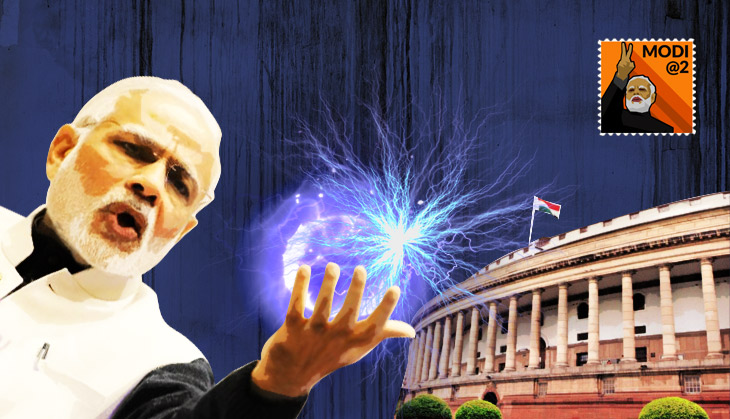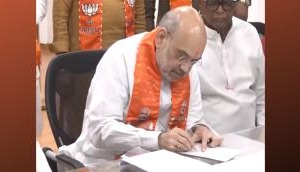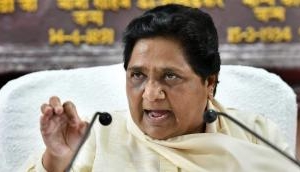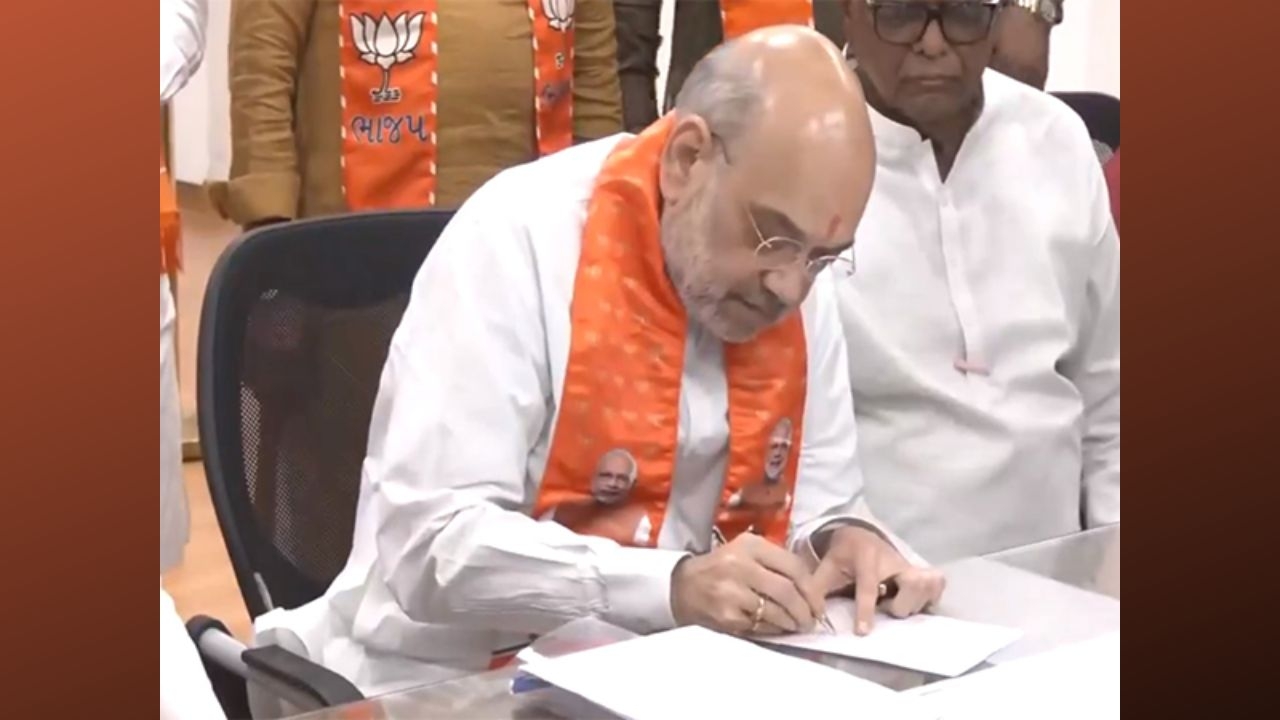Modi's 2-year report card's done to death. Check out how the Opposition did

When it came to power two years ago, the BJP had left the Opposition decimated in terms of numbers as well as morale. With 282 seats, BJP alone had won almost double the number of seats won by nearly 25 Opposition parties combined. Two years later, the Opposition is still largely down and out, but has managed to upset the BJP on a few counts.
From the Parliament to the state assemblies and from the streets to social media, the BJP-RSS combine's expanding footprint has had the Opposition parties worried and struggling. These parties, Congress being the largest among them, have resorted to multiple strategies in these two years to slow down the BJP's rise. However, these strategies, at best have worked only in particular situations, and not on the whole.
Also read -Modi@2: 24 months, 24 controversies that have caught the public eye
Here is a look at some of these strategies, the results they yielded and what they say about the performance of the Opposition in two years of the Modi government.
In Parliament
The two Houses of Parliament have behaved entirely differently, thanks to the difference in strength of the Opposition in either. The Rajya Sabha has been a constant source of irritation for the government because it is in a minority there, while the Lok Sabha has been super-productive because of the NDA's brute majority.
The Opposition's numbers in the Upper House are solely responsible for the stalemate over the Goods and Services Tax Bill, which the NDA government imagines as its key reform measure.
Even in terms of debates, it is the Rajya Sabha where the Opposition's fight makes it to the headlines, like in the case of the recent debate over the AgustaWestland chopper scam.
In state Assemblies
But of the 9 states and 2 union territories that went to polls in the last two years, the BJP came to power in 5. But 4 of these victories - Haryana, Maharashtra, Jharkhand and Jammu and Kashmir - came less than a year into the Modi government. Even in these states, the BJP's vote share declined since the Lok Sabha elections. Five states and 2 UTs have gone to poll since then and the BJP's only victory has been in the recently concluded elections in Assam.
However, this significance of this victory must not be underestimated as represents the BJP's rise in the North-East.
Also read - Arun Shourie demolishes Modi's 2 year rule: 10 key points
Apart from that, BJP's lotus also bloomed for the first time ever in the southern state of Kerala where it won 1 seat.
The party also bettered its performance in West Bengal, another state where it has never been in power and has had a negligible presence.
These victories have lifted the morale of those BJP leaders, workers and supporters across the country, who were smarting from last year's humiliating defeats in Delhi and Bihar.
On the other hand, the Congress has been losing one state after another since 2014. It's governments in Haryana, Maharashtra, Kerala and Assam were voted out. Apart from electoral performance, the Congress government in Arunachal Pradesh collapsed due to infighting and alleged conspiracies by the BJP. It's government in Uttarakhand narrowly escaped meeting the same fate.
On issues
One of the hallmarks of the NDA-2 government is that it has regularly invested political capital in polarising issues, so far. This began with ghar wapasi and 'love-jihad' in 2014, moved on to arbitrary government appointments and cow-politics in 2015 and then to the nationalism debate in the first half of this year. These were fascinating political contests, helping the Sangh Parivar perpetuate its dog-whistle politics, while at the same time breathing life into the Opposition.
In public memory, ghar wapasi and 'love-jihad' have acquired greater resonance. That works both ways. It has helped the Parivar in further consolidating its support base and giving its supporters an impression of increase in strength. It has also worked to the benefit of the Opposition, in that it has amply proved the polarising credentials of the Parivar to many of those who had voted for the BJP out of anger and frustration with the Congress.
Mohammad Akhlaq's lynching in UP's Dadri in September 2015 over suspicion of storing beef in his house added to this narrative. It gradually gave rise to a civil society movement focused on rising 'intolerance' in the country. This could have been one of the factors behind the BJP's loss in Bihar. Though the Opposition parties did receive flak for not appearing to be firmly by the side of civil society protestors, the movement did strengthen the opposition by damaging the perception about the government.
Before this, the Opposition had scored a major victory by forcing the government to eat crow on the land acquisition ordinance. Resistance to the ordinance brought in by the NDA government continued from 2014 to 2015 and a united Opposition succeeded in defeating the government by forging a coalition with civil society and farmers' organisations. At the peak of the campaign, Congress president Sonia Gandhi hit the streets and led an Opposition march from Parliament to the President's house. The government was eventually forced to withdraw the ordinance.
The 'nationalism' debate that was triggered by the arrest of students of Delhi's Jawaharlal Nehru University earlier this year continues to rage, with several students having recently been expelled from the university. However, the episode gave the Opposition yet another opportunity to flag the BJP's designs, just like in the 'intolerance' campaign. Congress and Left joined the JNU students early on and brought the debate from the streets behind Munirka to the Parliament.
These protests also gave the Opposition a chance to hit out at the Parivar's caste-politics, merging as they did with massive protests in Hyderabad over the suicide by Dalit PhD student Rohith Vemula. The merger of 'Lal Salaam' and 'Jai Bhim' slogans became a formidable challenge for the Parivar and glucose for the opposition.
The momentum achieved by the Opposition with the help of these twin campaigns has been upset by the recent results of the assembly polls. The BJP is exultant at forming the government in Assam and opening its account in Kerala.
The Congress is meekly trying to project that it is still the leading national party, the CPI(M) is facing calls for introspection over its disastrous alliance with the Congress in West Bengal and JD(U)'s Nitish Kumar's national potential has been overshadowed by Mamata Banerjee's second successive victory. Regional superpowers AIADMK and Trinamool Congress are being wooed by the BJP for completing its legislative agenda. The road ahead for the Opposition is a challenging one.
More in Catch - If Narendra Modi has managed to bring Achhe Din for someone, it's the RSS
Modi@2: Has Beti Bachao Beti Padhao saved and educated India's daughters?
First published: 25 May 2016, 11:09 IST






![BJP's Kapil Mishra recreates Shankar Mahadevan’s ‘Breathless’ song to highlight Delhi pollution [WATCH] BJP's Kapil Mishra recreates Shankar Mahadevan’s ‘Breathless’ song to highlight Delhi pollution [WATCH]](http://images.catchnews.com/upload/2022/11/03/kapil-mishra_240884_300x172.png)

![Anupam Kher shares pictures of his toned body on 67th birthday [MUST SEE] Anupam Kher shares pictures of his toned body on 67th birthday [MUST SEE]](http://images.catchnews.com/upload/2022/03/07/Anupam_kher_231145_300x172.jpg)






